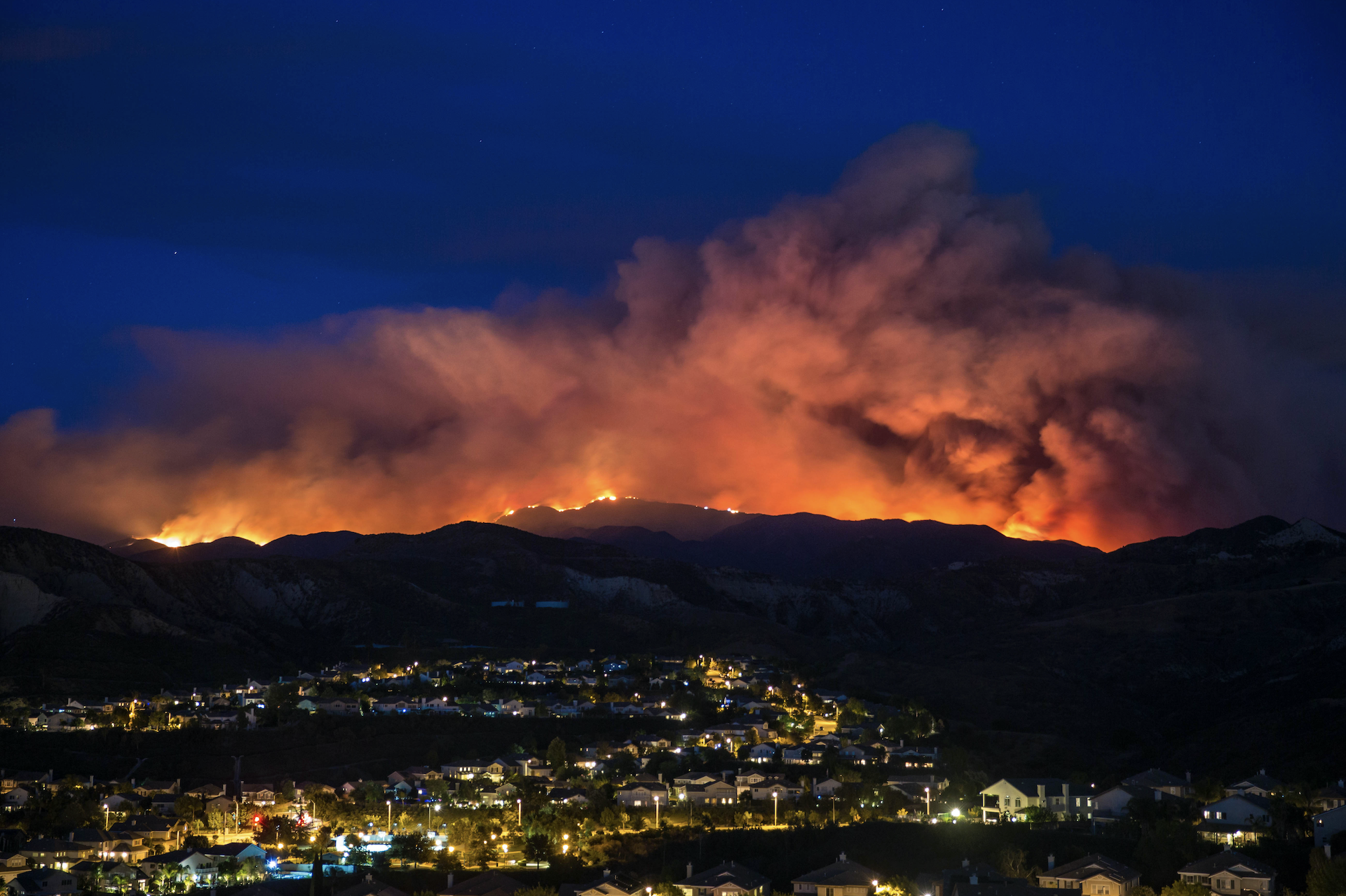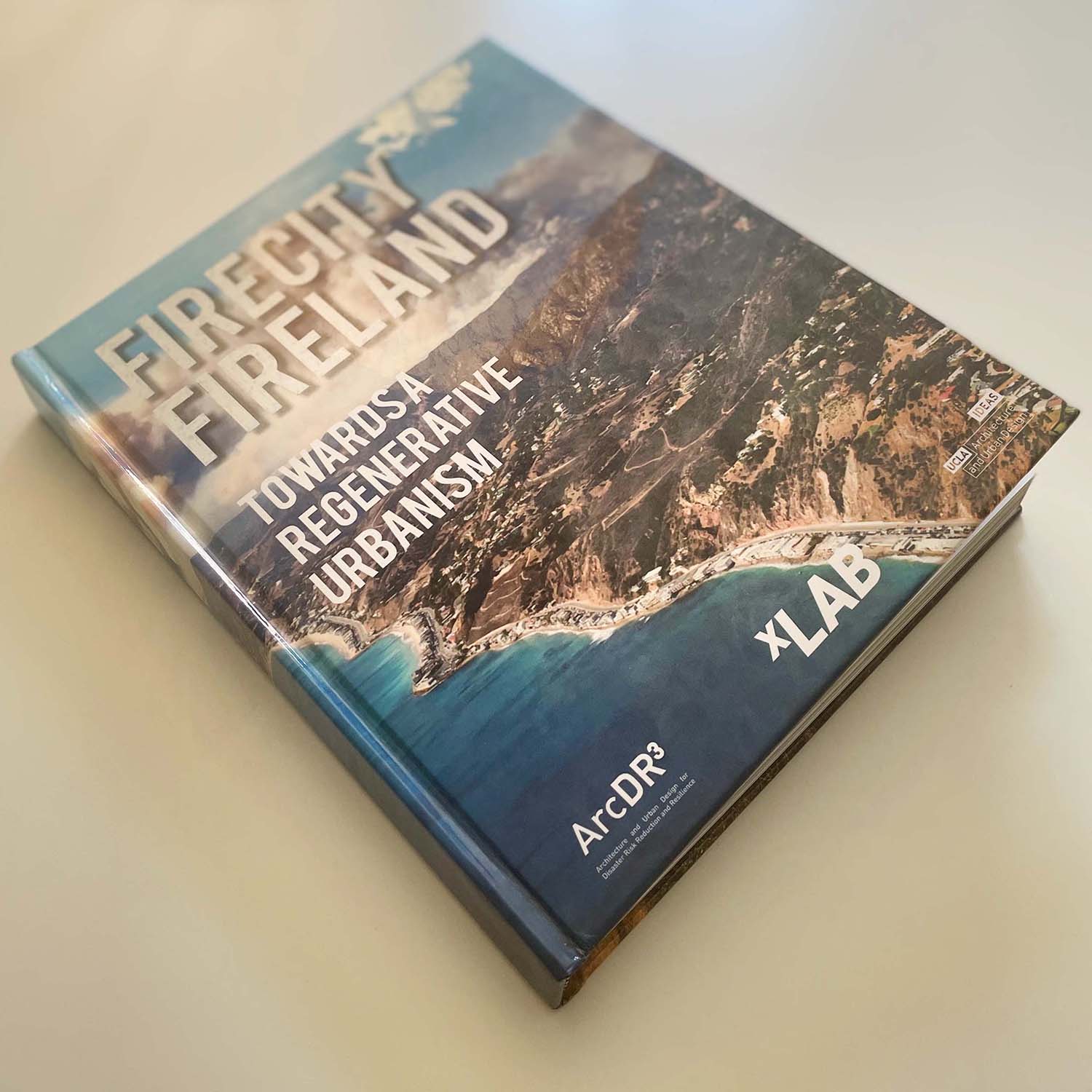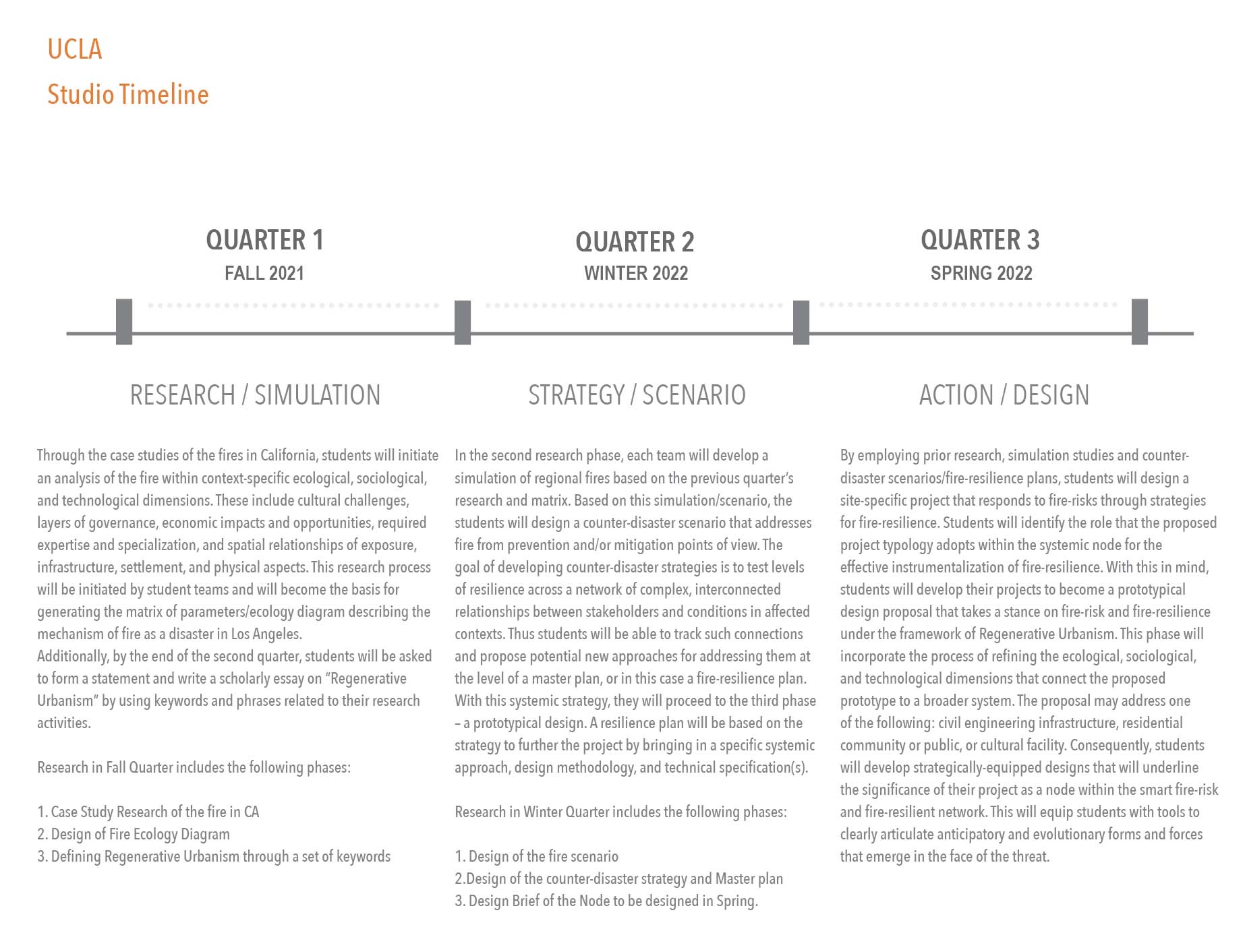
“The planning of new cities, as well as the retrofit of existing cities, needs to undergo a profound paradigm shift. Mere ‘sustainable development’ is not enough. To be compatible with natural systems, cities need to move away from linear systems of resource use and learn to operate as closed-loop, circular systems. To ensure their long-term future, they need to develop an environmentally enhancing, restorative relationship between themselves and the natural systems on which they still depend.”
Herbert Girardet, Creating Regenerative Cities 2014), accessed https://books.google.com/books/about/Creating_Regenerative_Cities.html?id=mpeQBAAAQBAJ
Regenerative Urbanism* is an aspirational term that encourages the reframing of conventional urban design and planning techniques through contemporary models more dynamic, more elastic, and more faceted than conventional static plan-based ones. A catalyst for a holistic, evolutionary approach to metropolitan development – in this instance one focused on risk management and resilience in the face of natural disasters like fire – it underlines an approach that synchronizes and synthesizes information flows through simulation and forecasting of multiplex forces within an ever-developing intelligence network. Always learning, the targets and outcomes of Regenerative Urbanism resonate with the research concerns of developmental neuroscience. Analogous to the complex nervous systems of complex organisms and their pathologies, regenerative urban morphologies and behaviors are conceived with anticipatory views toward adaptability, flexibility, and mutation. Physiologically, the organizational components and systemic, structural interrelationships of Regenerative Urbanism aspire to operate with a similar attitude to martial arts, particularly those that mobilize soft and malleable techniques of absorption and redistribution as a response, or even as a preemptive avoidance, of the hard impact of external forces. Soon to be tested at the fiery interfaces between nature and artifice, between ungovernable wilderness and governable constructs, the combinatory design and planning techniques of a Regenerative Urbanism will flicker between software and hardware. As information in formations, our applied research on Regenerative Urbanism will reinvigorate visionary ideas of and influences on urban design from cybernetics to Metabolism.
In 2021-2022, UCLA A.UD is leading simultaneous synergistic design research studios, focused on the twin topic of fire-risk-reduction and fire-resilience, at both Perloff Hall and the IDEAS campus. These synergies will also form and be informed by interdisciplinary collaborations both on campus with other UCLA departments including Engineering, Planning and Design Media Arts as well as with key municipal entities including the Los Angeles Mayor’s Office of Resilience.
The state of California is naturally predisposed to wildfire activity with its abundance of dry fuels in chaparral and woodland ecosystems, hot and dry Mediterranean climate, and rugged topography of the region’s multiple mountain ranges. Seasonal winds combined with hot and dry temperatures establish ideal conditions for wildfires to start and spread. Historically, California has relied on these basic components of wildfire ecology to maintain a balanced ecosystem, but global climate change and local human activity have exacerbated typical fire conditions resulting in more volatile fire events with higher risk to human safety. In 1933, the Griffith Park Brush Fire in Los Angeles was one of the deadliest in the state until the 2018 Camp Fire in Paradise. In 2020, California surpassed previously devastating fire records accounting for over 4-million burned acres including the August Complex Fire, California’s first recorded gigafire. Wildfires cause damage to residences, commercial buildings, infrastructures such as highways and power systems, and even decimate entire towns. Conversely, a majority of wildfires are caused by human activity. Recent significant wildfires in the Los Angeles Metropolitan Region, including the Woolsey, Saddle Ridge, and Getty Fires, were started by power lines or other electrical infrastructure. Wildfires not only cause social impacts, including loss of life and disruption of social processes, but they also expose existing social and economic inequities.
With a focus on the fire-risk-reduction and fire-resilience, both at Wildlife Urban Interfaces (WUIs) and within interstitial multi-hazard zones in the state of California, the design-research studios will contribute a vital array of design visions and knowledge to the ArcDR3 initiative and help to establish the conceptual framework of Regenerative Urbanism.
By adopting and modifying the global ArcDR3 Grand Syllabus to the California regional context, and engaging with relevant authorities and experts both within the UCLA community and beyond, the studios will operate as a cooperating think tank whose culminating projects will be shared and discussed at international conferences, displayed in international exhibitions, and disseminated through globally accessible publications.
The parallel structure is intended to create an information exchange between Parloff Hall’s graduate-level studio, led by Hitoshi Abe, and IDEAS Campus’ postgraduate studio, led by Jeffrey Inaba. FireCity studio will work closely with FireLand studio to share resources and ideas, and collaborate to produce the end-of-year publication. UCLA A.UD’s cross campus intelligence feedback loop and collaborative dialogue will offer students access to presentations by fire, city planning, and urban design experts in local regeneration efforts, architects and researchers working on regenerative projects, and inter-faculty communication. Parallel design research studios will coordinate efforts to develop diverse proposals based on shared findings. Because architecture yields insights through both research and design, the studios are organized to take advantage of both models of exploration.
The FireCity and FireLand studios has compiled three years of research, architecture, and urban design examining the historical and future relationship between the built environment and California wildfires into the publication FireCity FireLand: Towards a Regenerative Urbanism. The publication collates observations, research studies, and projects from a panel of expert professionals and academicians examining wildfires and other natural hazards around the world, with ambitious student proposals envisioning a future condition in which natural and artificial environments symbiotically coexist. Click here to view the publication website.

In order to address the question of fire-risk-reduction and fire-resilience in California across a range of perspectives, the joint initiative draws from a diverse network of educational partners and researchers. Furthermore, to strengthen the research and to cover various angles of inquiry, the team of experts from UCLA’s faculty will be joined by colleagues outside of the campus. With its dual focus on fire-risk-reduction and fire-resilience, the ArcDR3 Research Group at UCLA has invited distinguished experts in the various fields relating to wildfire activities before, during, and after. Also joining the team in an expert advisory capacity is a faculty from the UCLA Department of Urban Planning, Kian Goh, Assistant Professor of Urban Planning, who will provide insights through which to address fire threats at a strategic metropolitan level. The guest lecture series has been developed to focus on Regenerative Urbanism topics and invites experts from a diversity of fire-related professions. The guest lecture series, in coordination with the IDEAS Campus, will be central to the research studio and will introduce students to the variable complexities of fire activity and fire-risk reduction and resilience.
California
